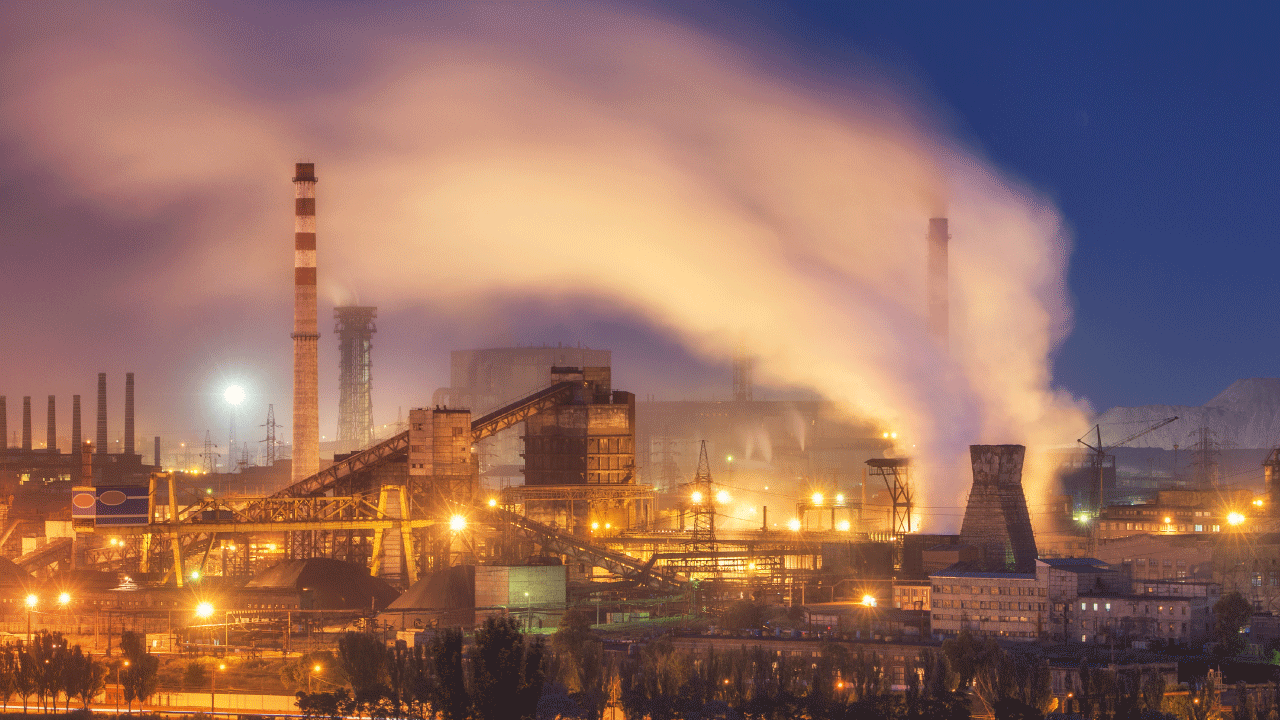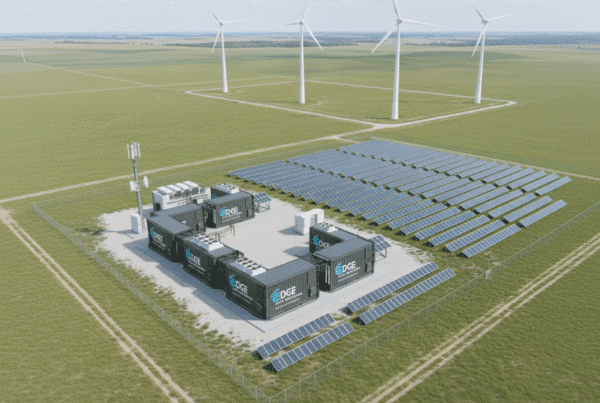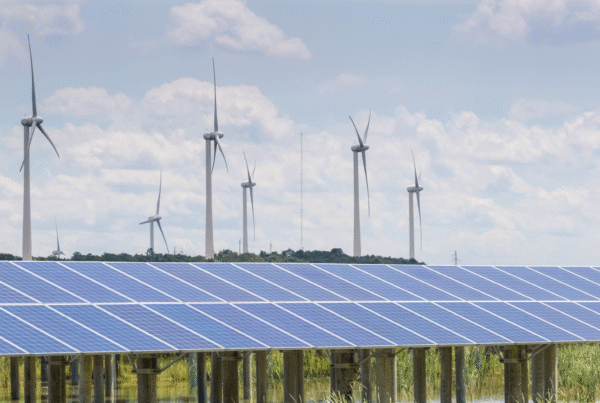
The development of renewable energies has not been constant, but has fluctuated over time. The advent of coal and, later, oil, temporarily pushed renewables out of the scene for reasons of economic convenience and practicality.
In the 1970s, the world lived in the shadow of oil. This fossil fuel not only powered most cars, but was also essential for industry and electricity generation in many countries. However, global dependence on oil became evident during the 1973 crisis, when an embargo by the Organisation of Petroleum Exporting Countries (OPEC) sent prices soaring and the world into panic.
The crisis also prompted governments and societies to reflect on their energy vulnerability. Interest in energy efficiency and finding alternatives to oil began to emerge. In this context, nuclear power began to gain prominence as a viable option for electricity generation, offering a source of energy that was not dependent on the vagaries of the oil market.
During the 1980s, the energy landscape began to diversify. While oil remained a key source of energy, countries began to invest more in nuclear power and to explore other options. Nuclear power, in particular, experienced significant expansion, with countries such as France leading in the share of electricity generated from nuclear reactors. This decade also saw an increased awareness of the risks associated with nuclear power, especially after the Chernobyl accident in 1986, which raised serious doubts about the safety of this technology.
Meanwhile, the first renewable energy projects began to emerge. Solar and wind energy, although not yet cost-competitive, began to attract the attention of scientists and engineers who saw them as the future of power generation.
The 1990s brought the liberalisation of energy markets in many parts of the world, especially in Europe and North America. This deregulation process allowed for greater competition and efficiency in the energy sector, and as a result, energy prices stabilised or even decreased in some cases.
During these years, natural gas came to the fore as a popular alternative for electricity generation. Its use expanded rapidly for several reasons: it was cleaner than coal, cheaper in many cases than oil, and new technologies allowed natural gas plants to be more efficient. This transition to natural gas marked a major shift in the global energy mix, positioning it as a bridge to a future less dependent on more polluting fossil fuels.
The first decade of the 21st century witnessed a significant shift in the way we think about energy. Climate change concerns began to take centre stage in political and public discussions, leading to a massive increase in renewable energy investment and development.
The Kyoto Protocol, which entered into force in 2005, was an important catalyst in this regard. By establishing binding commitments to reduce greenhouse gas emissions, it provided an incentive for many countries to switch to clean technologies. Wind and solar energy began to take off, not only in terms of installed capacity, but also in cost competitiveness.
The 2010s was the decade in which renewables ceased to be an alternative option and became a fundamental part of the global energy mix.
One of the most notable developments of this decade was the dramatic drop in the costs of solar and wind power, which made them increasingly competitive with fossil fuels. At the same time, electricity grids began to modernise with the introduction of smart grid technologies that allow for better energy management and the integration of intermittent renewable sources. We also saw the rise of energy storage, with lithium batteries taking centre stage, making it possible to store excess energy generated at times of high production for later use.
Today, we are immersed in an energy transition that seeks to reduce our dependence on fossil fuels and move towards a more sustainable and resilient energy system. The electrification of sectors such as transport and heating, the massive adoption of renewable energy and innovation in technologies such as green hydrogen are shaping this new paradigm.
However, there are still challenges to this transition. Geopolitical issues, the investments needed to modernise infrastructure, and the need for a just transition that does not leave behind the communities most affected by change are all issues that will need to be addressed in the coming years.
In short, the evolution of energy over the last 50 years has taken us from an almost absolute dependence on fossil fuels to an era in which clean energy and technology play a central role. It is a journey that continues, driven by the need to tackle climate change and ensure a sustainable energy future for generations to come.
——————————————–
Find out more news about the renewable energy sector on the Univergy Solar blog.







